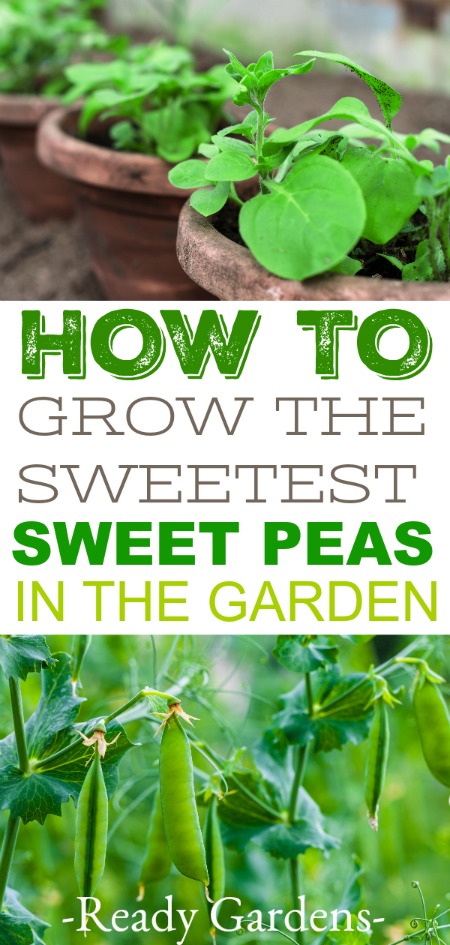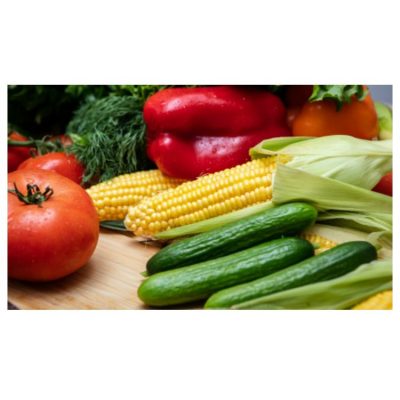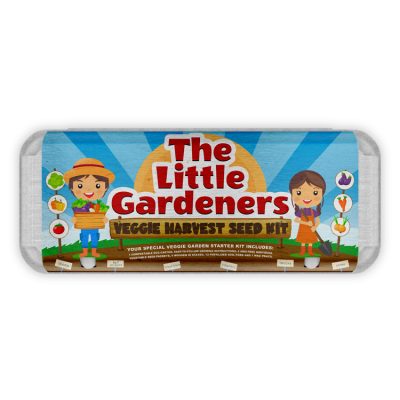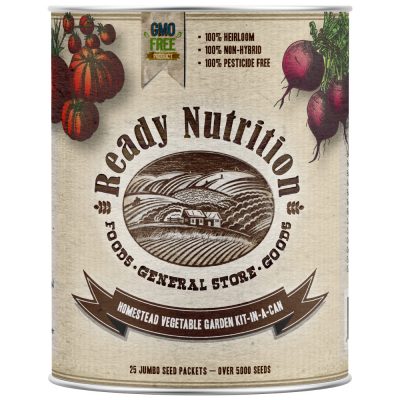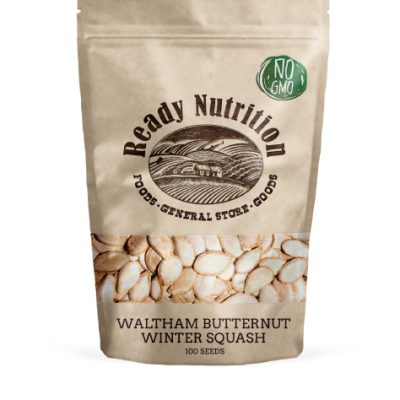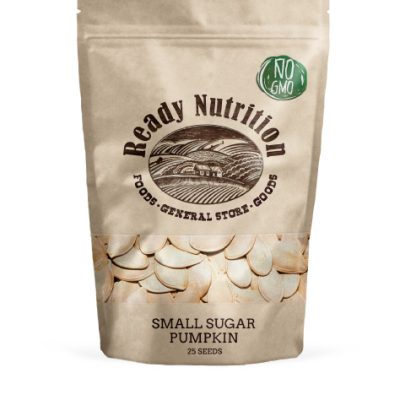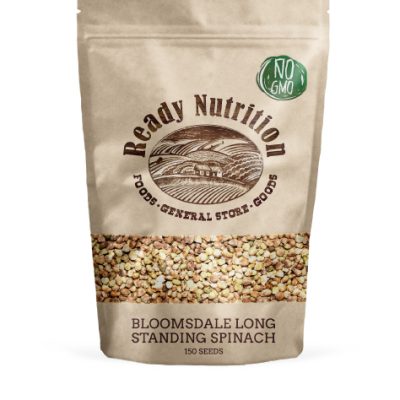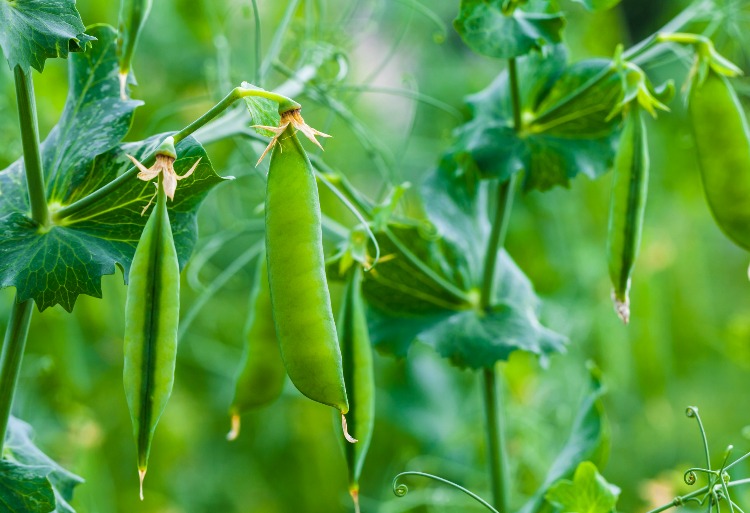
Sweet peas are always a good starter for helping get children interested in gardening and eating their vegetables. The sweet mild flavor is preferable to younger palates and most varieties of peas grow quickly, so children won’t have to wait long to taste the fruits of their labor. Although peas have a higher starchy carbohydrate content than many other vegetables, research has shown that they may help protect the body against some chronic illnesses, such as heart disease and cancer.
Did you that technically, green peas are not vegetables? They are actually a part of the legume family, which consists of plants that produce pods with seeds inside. Lentils, chickpeas, beans, and peanuts are also all legumes. If you’d like to give this legume a try in your garden, grab some Lincoln Shell Sweet Peas and follow our quick and easy growing guide!
PLANTING
- Sow seed in spring as soon as you can work the soil. You can sow as early as late March or early April depending on how quickly the soil warms and dries. Peas planted in cold soil (40 F) are slower to germinate. Later plantings made when the soil is warmer (60 F or more) often catch up quickly with earlier plantings.
- Grow peas in full sun.
- Sow fall crops about 8 to 10 weeks before the first frost date. Fall crops can be disappointing if hot weather persists. Powdery-mildew-resistant varieties are best for fall crops.
- Consider intercropping peas with fast-growing cool-season crops such as spinach or radishes.
- Use raised beds if your soil is slow to drain. Make additional plantings through early- to mid- May, or plant varieties with different maturity dates to increase the harvest period.
- Do NOT plant peas in the same place more than once in every 4 years. Avoid planting where in places where peas have suffered before from root rot.
- Plant seeds 1 to 2 inches deep, 1 to 4 inches apart in rows 18 inches apart. Or sow about 1 inch apart in a 3-inch-wide band (about 25 seeds per foot). Shallow planting is best when soils are cool and wet. Plant deeper if the soil is dry. A quick way to seed is to make a furrow or trench with a hoe, place seed in the furrow, cover, and firm.
- DO NOT thin the seedlings. Erect trellis for tall-growing, vining types at planting time. You can use chicken wire, brush or other suitable trellis material. If you choose to erect trellising, increase the row spacing to 4 to 6 feet.
- Keep soil moist, but avoid heavy watering during flowering, which can interfere with pollination.
- After final harvest, follow with late squash plantings or fall-harvested cool-season crops such as broccoli, leeks or potatoes.
- Do NOT use high-nitrogen fertilizers. Too much nitrogen will result in lush foliage but poor flowering and fruiting.
TROUBLESHOOTING
Seedlings fail to emerge from soil or seedlings are eaten: Cabbage maggots or seedcorn maggots are likely the problem. It’s is a small gray-white, legless worm to ⅓-inch long; adult looks like a housefly. Seedcorn maggot is a small, yellowish white maggot, the larva of a small gray fly. The flies lay eggs in the soil near the seedling or plant. Apply lime or wood ashes around the base of plants and try to time your planting to avoid the insect growth cycle by planting a bit later when the weather is drier.
Plants are eaten or cut off near soil level: Cutworms could be the culprit. They are gray grubs ½- to ¾-inch long that can be found curled under the soil. They chew stems, roots, and leaves. Place a 3-inch paper collar around the stem of the plant. Keep the garden free of weeds; sprinkle wood ash around the base of plants.
For a full listing of potential problems with peas, please click here.
HARVESTING
Peas are best harvested when they are slightly immature. This will give the peas the sweetest flavor. Peas that are ready first will be located toward the bottom of the plant. Once they are ready, start picking immediately because this will encourage the plant to produce more peas. You will know your peas are ready when the pod looks green, shiny, and puffy. Additionally, if you pinch the pod you can feel the fully formed round fruit inside. Another way to check is to look at the seam on the sides of the pods. Ripe peas will change from a convex to a concave shape. To pick peas, hold onto the pod with one hand and vine with the other and tug it off. They tend to want to hold on to the vine so make sure you don’t tug the vine out of the ground.
STORAGE
Peas should be used as quickly as possible to save their sweet flavor. The longer they remain off the vine, the more sweetness they tend to lose. Can them as quickly as possible after removing the shell. Peas are a low acid legume. Because of this, they can not be safely water bath canned. To can peas and other vegetables you should use a pressure canner. For a full guide on how to properly can peas, please click here.
Save pea seeds by allowing the pods to ripen on the plants until they’re dry and starting to turn brown, with the seeds rattling inside. This may be as long as a month after you would normally harvest the peas or beans to eat. Strip the pods from the plants and spread them out to dry indoors. They should dry at least two weeks before shelling, or you can leave the seeds in the pods until planting time.
BONUS: Children tend to love helping harvest peas, so get the kids involved! Let them taste the peas as they help you remove the shells too, as it’ll only improve their relationship with food. Letting the kids be involved in gardening processes will also help teach them a lesson many kids don’t learn anymore: just where their food actually comes from.
